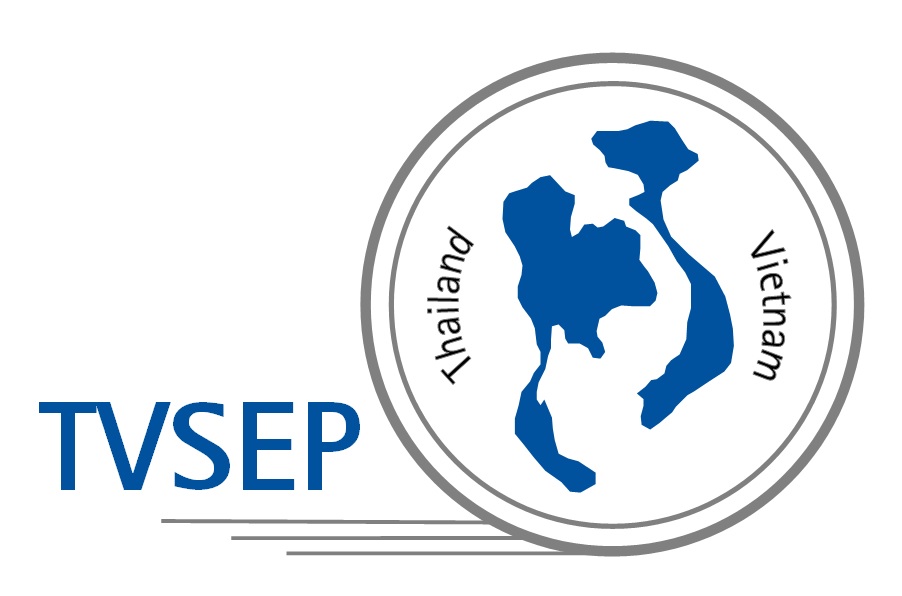Add-on project: Disability and risk preferences: Experimental and survey evidence from Vietnam
Project report
Jan Priebe, Ute Rink and Henry Stemmler
An add-on project to the TVSEP examining the consequences of health shocks, specifically disability, on socio-economic outcomes was administered in August and September 2018.
While more than a billion people in the world experience some type of disability, empirical evidence about the effects of disability onset and exposure to disability through affected household members remains limited. The add-on project contributes to the literature and better understanding of the consequences of disability with the collection of a unique data-set, the Special Health Survey (SHS), which allows us to examine the impact of disability incidences on risk preferences. Risk preferences are at the heart of microeconomic theory, yet the way exposure to disability shapes risk preferences has not been studied so far.
Data both on risk-preferences and disability is scarce. We conducted lab-in-the-field experiments to fill this gap and to be able to study the relationship between the two in a causal manner. The experiments took place during August and September 2018 in the rural areas of Ha Thinh province; one of the three provinces where TVSEP panel villages and households are located. However, to obtain unbiased data, we selected households from villages which are not part of the TVSEP sample. Out of a sampling frame of about 160 villages, 83 villages were randomly selected to participate in our experiments. In each of the 83 villages we conducted a household listing exercise. More specifically, we consulted village officials and village elderlies to provide us with a complete list of all households in their village and to rank each household in terms of household size, head's education level, and wealth level. Furthermore, we asked them to identify households with disabled household members.
In each village an equal share of households with and without a disabled household member (excluding the household head) were randomly selected based on a stratified design that took into account two variables: household size and education of the household head. In total 804 households were sampled. For each household the household head was aimed to be recruited to participate in the experiment. If the household head was not present, the experiments were conducted with the spouse or another adult member of the household. Upon arrival at the participant's home, the experimenter informed participants about the confidentiality of the data, conducted a short interview, and provided participants with appropriate details of the potential earnings, including the possibility of cash payments. Care was taken that subjects understood the decisions they were to make. Because these decisions were unfamiliar, several practice examples were demonstrated to ensure that subjects understood the nature of the decisions and how payment was linked to their choices. After all decisions were made, one decision was selected at random for payment using a coin. Subjects were paid in private and average earnings were 135,000 Vietnamese Dong (approx. 5.77 USD).
Our analysis builds on both the TVSEP household data and the experimental data from the SHS. The combination of the two different sets of questions and samples allows us to obtain a holistic understanding of how disability affects individual risk preferences. We use the health-section of the TVSEP panel-data in order to empirically investigate how disability events change individual risk preferences over time. The experimental SHS data in turn enables us to draw causal inferences at the cross-sectional level. Complementing these two data-sets therefore grants us an unique study design.
We find that individuals who experience a disability event in their household behave in a more risk-averse manner than individuals without such an experience. Shifts in economic risk preferences are related to an individual's mental accounting across risk dimensions and a decrease in household wealth. We further provide evidence that changes in risk preferences are correlated with real-life risk behavior, highlighting the importance of our results and the collection of both the TVSEP and SHS data.
Acknowledgements
We would like to thank Hermann Waibel, Holger Rau, Gerhard Riener, Stephan Klasen, Development Economics Research Groups at GIGA and the University of Göttingen for valuable comments and the whole TVSEP team for outstanding support. Excellent work in the implementation of the experiments was provided by Le Thanh Ngan and Tham Le Thi. The research was financially supported by the German Research Foundation (DFG) through project RTG 1723 ("Globalization and Development").




